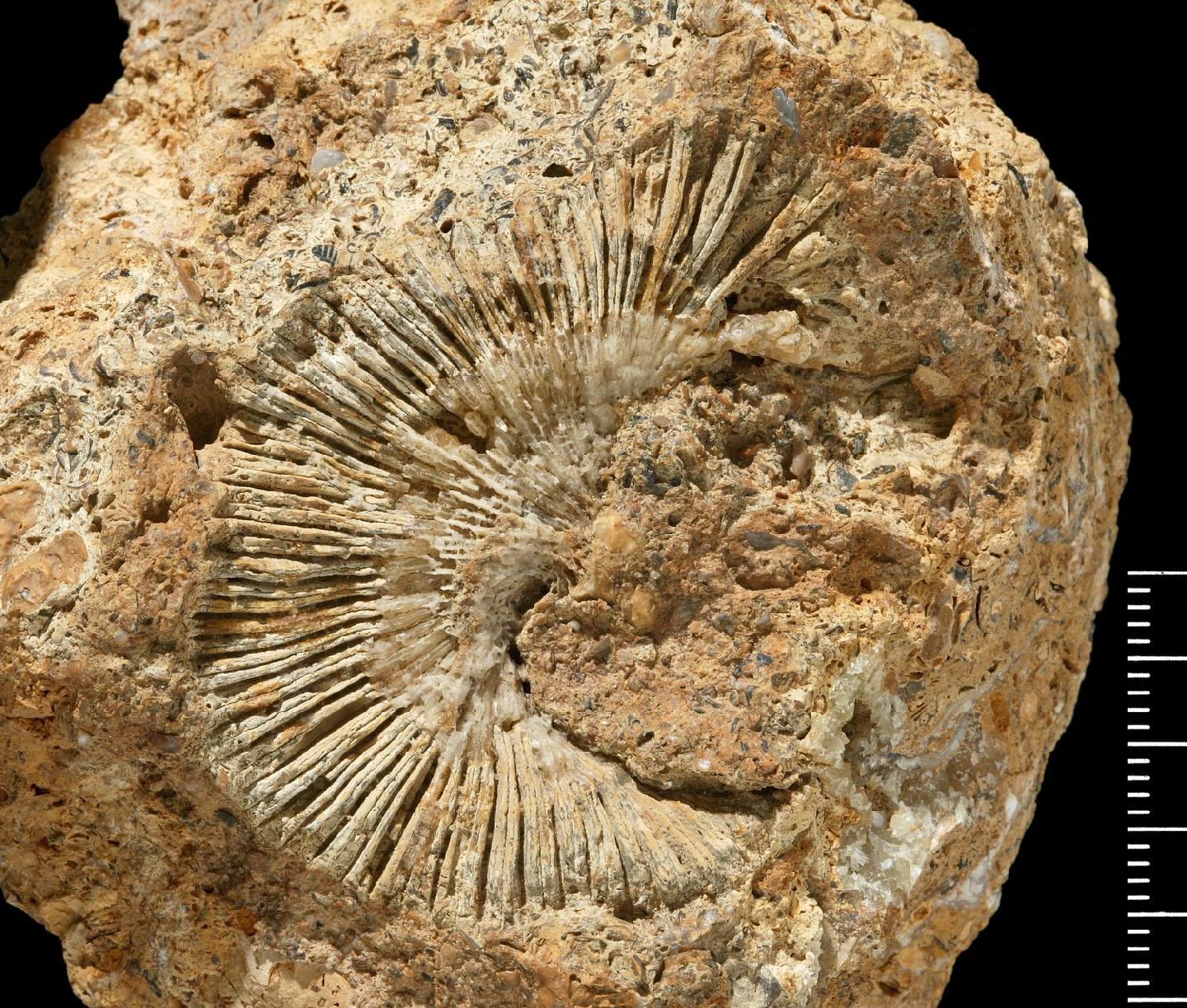
| About | | Search taxa | | Taxon tree | | Search literature | | Checklist | | Stats | | Log in |
WoRMS taxon detailsAgariciidae Gray, 1847
Agariciadae Gray, 1847 · unaccepted > misspelling - incorrect subsequent spelling
Lamellofungiidae Alloiteau, 1957 † · unaccepted > junior subjective synonym
Trochoseridae Wells, 1933 † · unaccepted > junior subjective synonym
marine,
Gray JE. (1847). An outline of an arrangement of stony corals. <em>Annals and Magazine of Natural History.</em> 19: 120-128. [details]
Description Agariciidae have very fine tentacles which are seldom extended during the day (except for Pavona explanulata).
Little is...
Description Agariciidae have very fine tentacles which are seldom extended during the day (except for Pavona explanulata). Little is known about their sexual reproduction, except that different species may be separately sexed or hermaphrodite and may brood planula larvae or release gametes. The genera in this family are colonial (except for some fossil genera), hermatypic. Colonies are massive, laminar or foliaceous. Corallites are immersed with poorly defined walls formed by thickening of the septo-costae. Septa seldom fuse and are continuous between adjacent corallite centres. They have smooth or finely serrated margins and are closely packed. Similar family is Siderastreidae. (Veron, 1986 <57>). [details]
Hoeksema, B. W.; Cairns, S. (2024). World List of Scleractinia. Agariciidae Gray, 1847. Accessed through: World Register of Marine Species at: https://www.marinespecies.org/aphia.php?p=taxdetails&id=196096 on 2024-07-26
Date action by 2009-08-12 11:48:18Z changed db_admin
original description
Gray JE. (1847). An outline of an arrangement of stony corals. <em>Annals and Magazine of Natural History.</em> 19: 120-128. [details]
original description (of Agariciadae Gray, 1847) Gray JE. (1847). An outline of an arrangement of stony corals. <em>Annals and Magazine of Natural History.</em> 19: 120-128. [details] original description (of Lamellofungiidae Alloiteau, 1957 †) Alloiteau J. (1957). Contribution à la systématique des Madréporaires fossiles. <em>Centre National de la Recherche Scientifique, Paris.</em> pp 462. [details] original description (of Trochoseridae Wells, 1933 †) Wells JW. (1933). Corals of the Cretaceous of the Atlantic and Gulf Coastal Plains and Western Interior of the United States. <em>Bulletins of American Paleontology,.</em> 18 (67): 85–292. [details] basis of record Veron JEN. (2000). Corals of the World. Vol. 1–3. <em>Australian Institute of Marine Science and CRR, Queensland, Australia.</em> [details] additional source Kitahara, M.V., J. Stolarski, S.D. Cairns, F. Benzoni, J.L. Stake & D.J. Miller. (2012). The first modern solitary Agariciidae (Anthozoa, Scleractinia) revealed by molecular and microstructural analysis. <em>Invertebrate Systematics.</em> 26 (3): 303-315., available online at https://doi.org/10.1071/is11053 [details] Available for editors additional source Beauvais L. (1981). Sur la taxinomie des Madréporaires mésozoïques. <em>Acta Palaeontologica Polonica.</em> 25 (3-4): 345-360,. [details]  Present Present  Inaccurate Inaccurate  Introduced: alien Introduced: alien  Containing type locality Containing type locality
From editor or global species database
Diagnosis Corallum colonial and attached; corallum shape encrusting, foliose, massive, columnar, branching, different shapes can occur in the same colony; budding intratentacular; synapticulotheca; calical arrangement thamnasterioid, cerioid, plocoid, meandroid; radial elements connected by synapticulae; radial elements are compact septa or bisepta with ornamented margins; septa fuse towards the centre of the calice and form fan-like groups, or not; septal faces ornamented; pali absent; endothecal dissepiments present or absent; columella present or absent; pseudocoenosteum present in non cerioid genera; collines present or absent; polyp mesenteries continuous between polyps in non cerioid genera. [details]From other sources
Description Agariciidae have very fine tentacles which are seldom extended during the day (except for Pavona explanulata).Little is known about their sexual reproduction, except that different species may be separately sexed or hermaphrodite and may brood planula larvae or release gametes. The genera in this family are colonial (except for some fossil genera), hermatypic. Colonies are massive, laminar or foliaceous. Corallites are immersed with poorly defined walls formed by thickening of the septo-costae. Septa seldom fuse and are continuous between adjacent corallite centres. They have smooth or finely serrated margins and are closely packed. Similar family is Siderastreidae. (Veron, 1986 <57>). [details]
|

